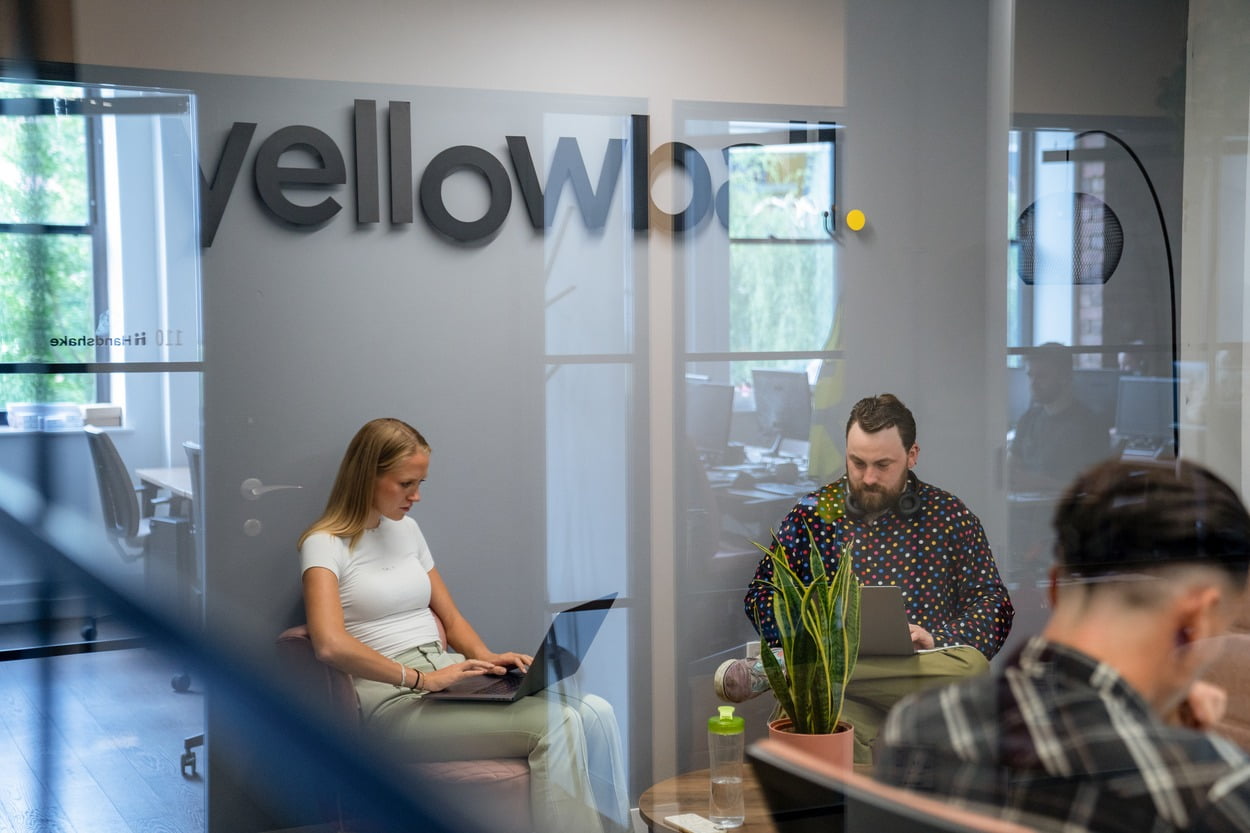In a recent Whiteboard Friday, Rand Fishkin spoke about the way writing content for SEO has changed over the years. When search engine optimisation first began, it was something of a wild west; today’s Black Hat tactics were the norm back in the early 2000s.
The SEO tactics used two decades ago on platforms like Netscape have, unsurprisingly, changed dramatically. However, the techniques used by SEO experts even 5 to 10 years ago, when the landscape of the web was a lot more familiar, are still used and are most often entirely outdated today.
So in 2020, how should you write content for SEO? Does keyword density and Exact Match searching matter? And what on earth is Latent Semantic Indexing?
Read on and discover how, with a little effort, you can become a digital marketing expert in 2020. In no time at all, you’ll be writing content for the masses while climbing search engine rankings at the same time.
How it used to be written
The most obvious way to see the change from the way SEO content used to be written and how it should be written today is by looking at the target of the content. 15 years ago, SEOs would write content primarily for the search engines, effectively ignoring their audience in the hope of getting indexed and ranking as highly as possible.
You’d find sites stuffing their content to the brim with exact match keywords and keyword variants – even ensuring that for every keyword, you’d have a plural as well. Thankfully today, there are very few websites utilising these practices when attempting to rank highly. If they do exist, chances are that they’re wallowing at the bottom of Google’s rankings.
In the early days of SEO, it was all about creating keyword dense content, so shady tactics such as keyword cloaking were commonplace. While most sites weren’t necessarily aware of the impact SEO had, those that were often appeared totally unreadable. Too many keywords simply make for a bad user experience. Of course, ensuring you use the keyword you are targeting in your content is important, but it should come naturally. We write with the belief that if it’s forced, it’s probably going to have a negative effect on your SEO.
Other older SEO tactics such as ensuring that your keywords appeared in important places on your site such as the title tags, meta descriptions and URL are not entirely fruitless today. However, it’s not nearly as important as it was 10 years ago. Until quite recently (and too often still today) many websites attempted to ensure that whatever keywords they were targeting were present in as many areas of their content as possible.
These outdated principles may have worked in the past, whether that was 5, 10 or 15 years ago – however, that’s no longer the case. In fact, many of these tactics are considered ‘Black Hat SEO’ and will actually see your site fall in the rankings.
So, why is this kind of SEO so outdated?
Why did it all change?
As you can probably imagine, SEO content in the past didn’t make for the best user experience. Many sites employed keyword stuffing and churned out pages upon pages of thin content packed with keywords just to attract visitors to a site.
Google, along with the other major search engines, realised a long time ago that this does not make for good business. Web users rely on search engines to provide them with the most relevant information for their search queries. Therefore, in recent years, search engines have optimised their algorithms to provide the best service for their users – giving people the answers that they want.
There are several factors to remember when creating content in 2020, which we’ve outlined below.
What matters now?
Here at Yellowball, we know that the most important goal of your content is to provide relevance and value to the user. Google knows it too. In short, providing useful, relevant content that actually answers users’ search queries is how to ensure that you’re running a great SEO campaign.
When writing a piece of content for your site, ask yourself this: “Who cares?”. Today, search engines are aiming to deliver the best content to people; that means content that people actually want to read. As a content author, don’t try to churn out as many keyword rich articles as possible with no value for the reader, as this is far more likely to hinder any SEO efforts, with little to no benefit.
As search engine algorithms have evolved, the way users search has evolved too. Concepts such as Google’s latent semantic indexing, along with the machine learning and the developments in AI technology that we’ve seen with RankBrain mean that exact match keywords are becoming less and less important. The latest search engine technology means that sites like Google are able to understand the relationships between search terms. Let’s say you’re writing an article about Kendrick Lamar’s wins at the latest Grammy Awards.
Google will understand that the keywords ‘Kendrick Lamar’, ‘Damn’, ‘Hip Hop’ and derivatives from these phrases are all connected in some way. Today, you don’t need to insert every single potential keyword related to the subject of the article into your content. The same goes for URLs. Exact match URLs were fairly popular in the early days of SEO, but with today’s search engine algorithms, you don’t need to call your site www.wesellpurpleskirtsonline.com to let Google know that you sell purple skirts.
Quickfire advice to nail SEO writing
So, hopefully we’ve laid out all the advice regarding the ways in which the process of writing for SEO has changed over the years. To help you write your own SEO content, we’ve put together some quick tips designed to help you perfect your SEO writing:
- Make sure you’ve done some keyword research. Understand the topic that you’re writing about by collating some keywords which reflect the searches you expect people to make that will lead them to your site.
- Decide on a piece to target your keyword. Whether you’re going for a blog post or an important web page, the most important thing to remember is to ensure that you provide relevance and value with your content. Highly relevant content that answers the user’s query will always be ranked higher than any keyword-dense fluff written purely for ranking purposes.
- Consider different stages of the sales funnel. Use your blog content to target buyers at different stages in the sales funnel. Focus on more general informational content for those in the awareness phase and on more specific, product-driven content for those in the interest and decision phase.
- Write some smashing content. Stay focussed on the topic and write well. We can’t give you too many tips for this bit, but as always, staying relevant to the topic in question is the key to success. Don’t worry too much about keywords, as long as you have one in mind as you write, it should work its way into the text pretty naturally – never force anything in, it just looks unnatural.
- Devise a catchy title. Once you know which keyword you’re planning on targeting within a specific article or webpage, come up with a title that will make users click on it when they see it in SERPs. There’s no point getting to the top of the first page on Google if you can’t entice people to read your content.
- Start optimising. Once you’ve got your content written, go through and ensure that your keywords have been referred to naturally in the copy and that they make an appearance in the metadata of the page. Aside from keywords, make sure that any images in your content have alt text to describe the image, and that the metadata for the page is accurate and descriptive.
Ultimately, what matters most in the SEO world today is user experience on your site. Forcing keywords into content used to be a great way to get your site to rank on Google, but those days have passed us by. SEO today is a far more organic world.
If people want to read your content, it’ll rank well. As time goes on, we’ll only see Google understanding what users want more and more.
Yellowball London’s top Web Design & SEO Agency.

















